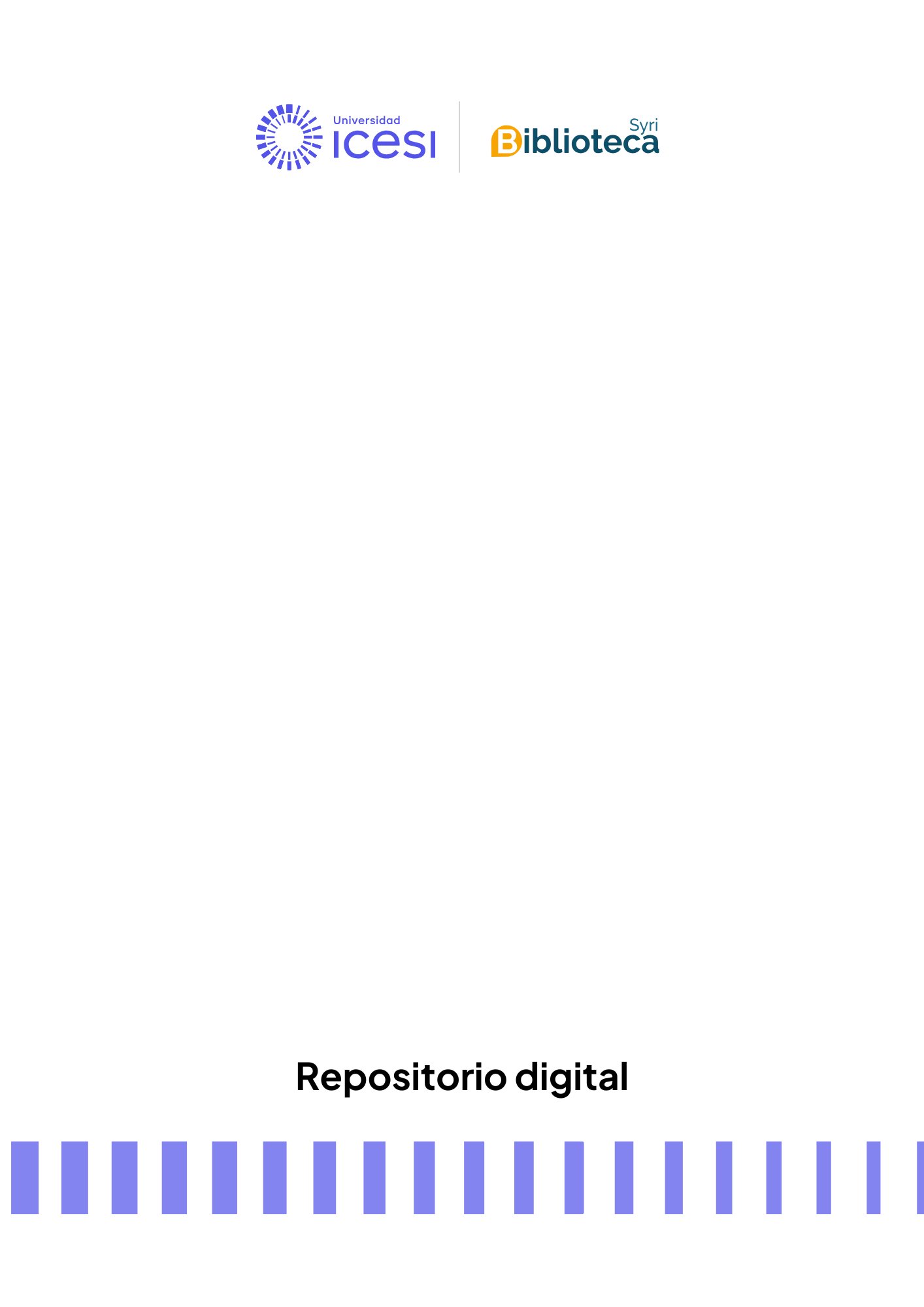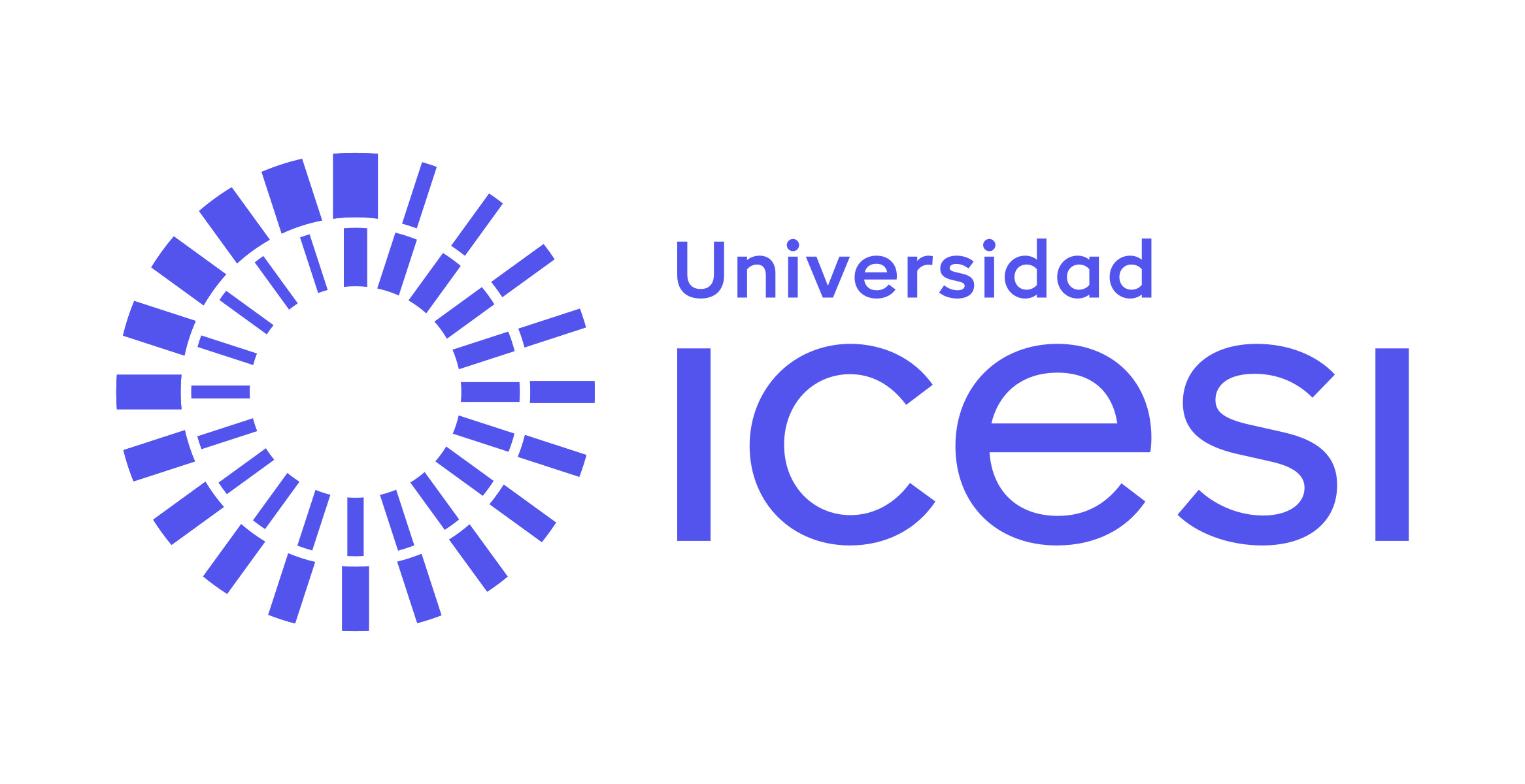Una mirada al interior del cuerpo: sobre la domesticación de las imágenes diagnósticas del cuerpo en el terreno de lo cotidiano

Archivos
Fecha
Autores
Director de tesis/Asesor
Título de la revista
ISSN de la revista
Título del volumen
Publicador
Editor
Compartir
Resumen
This paper is an anthropological approximation to Magnetic Resonance Imaging (MRI), that as well as x-rays, ultrasound, or mammography, are part of the group called Diagnostic Images. These images seem to be increasingly familiar to us, as a way of visualizing the inside the body, however, these have not always been this way. Therefore, this paper inquires how these Diagnostic Images have been incorporated into our daily lives and have been naturalized to the point of open new possible ways of imagining the body. Therefore, this paper is structured as follows: First, it illustrates the place occupied by diagnostic images in the production of imaginaries about the body, especially in the field of health. Then, as a contrast, it presents a sequence of moments that characterize the feelings of strangeness and consternation that those diagnostic images caused in its beginning -with x-rays-. The next stage it exposes why these images are not as neutral or reliable as they seem, but rather they are an artifice produced by technical manipulations and human interactions. Finally, it observes that, in spite of their ‘artificiality’, these images have more and more power in the ways in which the body is imagined, felt, understood and intervened. In other words, this paper is an attempt to destabilize the familial gaze that falls on these images, and to dismantle their daily senses.

